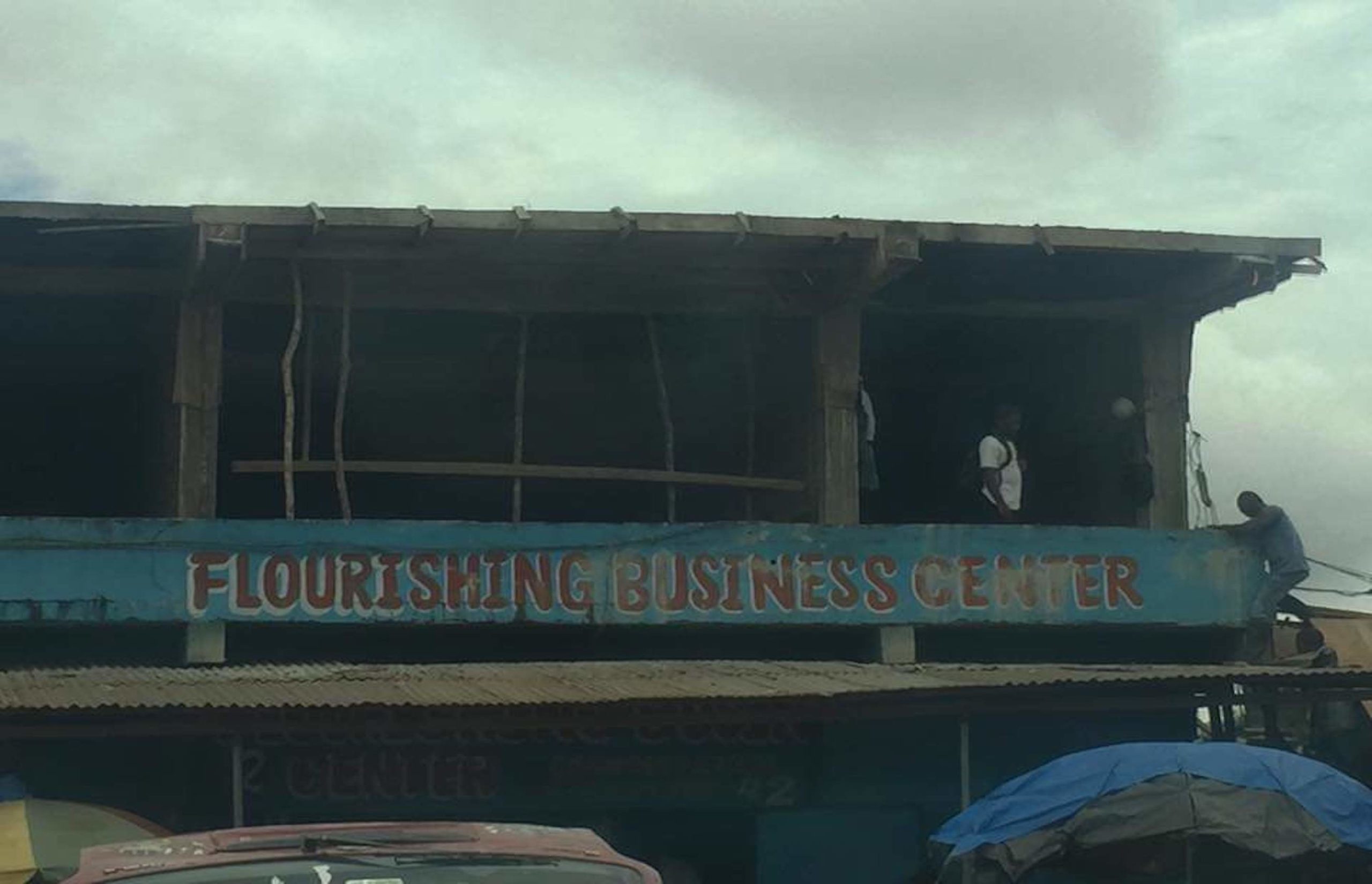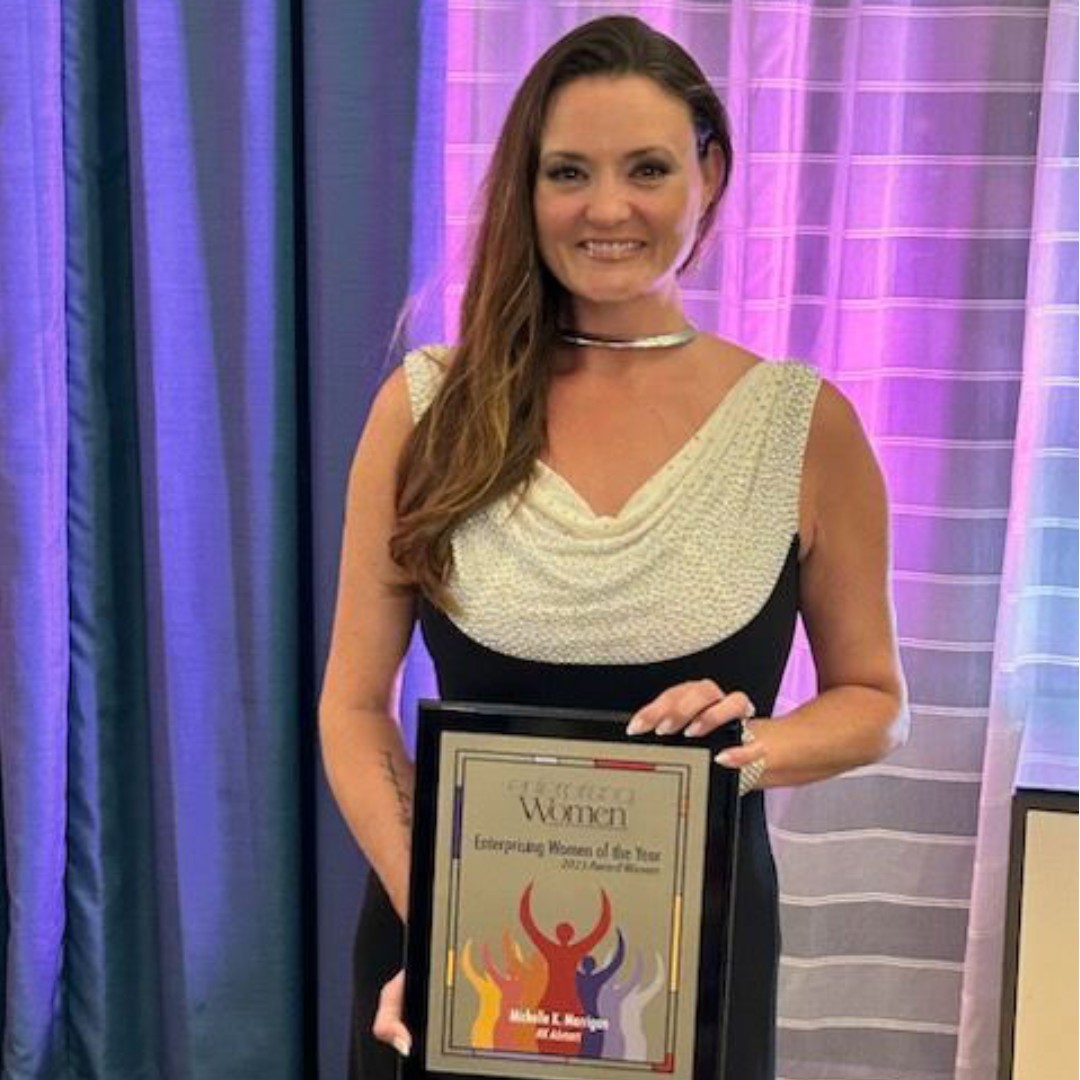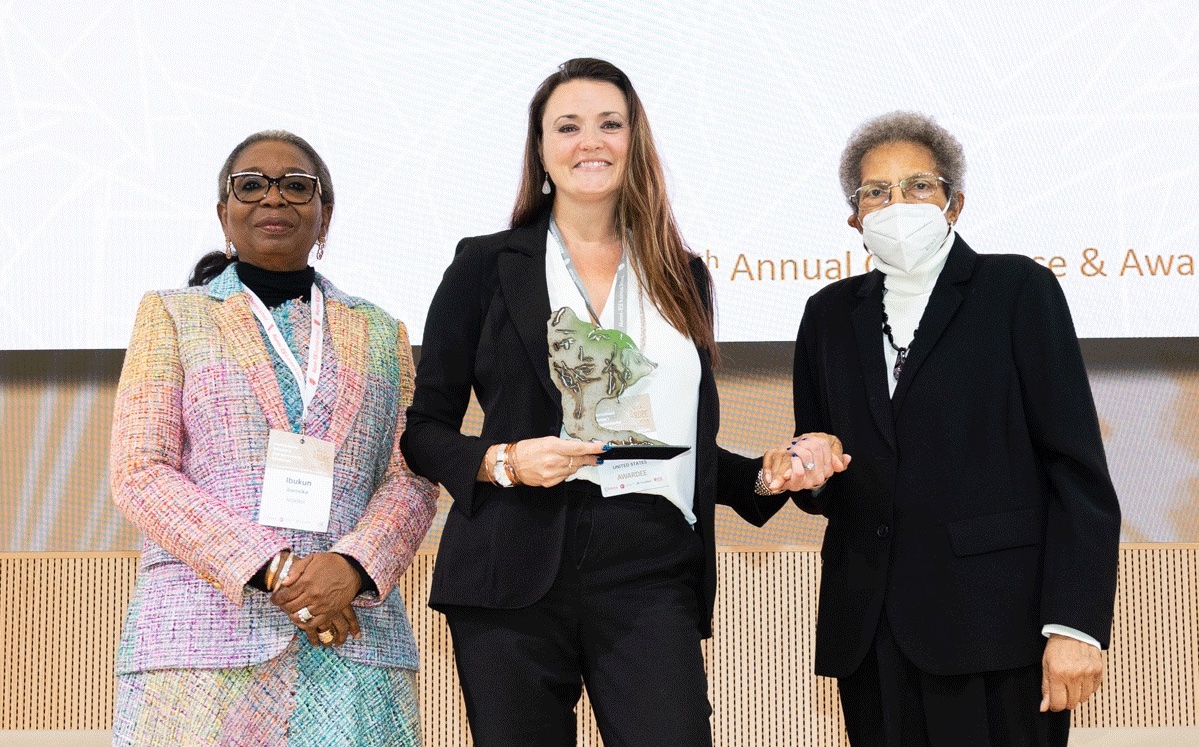
What Exactly Do You Mean By “Trillions”…?
This article was originally written by MK Merrigan and has been adapted with permission for MK Advisors.
“Financing the world’s transition to a low-carbon economy will be costly, but we can’t afford not to do it and, it is important to note, it is feasible. We have the ideas, the models and the capital to make it happen. What’s needed now is leadership from global policy makers to prioritize the development of a global green finance system.”
The New York Times article published yesterday by Henry M. Paulson Jr. does a good job highlighting the growth curve of the industry we’ve all toiled to create, but it also explains the reality that we all know: that no one can adopt our brilliant solutions without first having a mechanism to do so.
From my perspective, tech has outpaced the financial community. They have shown a limited capacity to digest the implications of this tech on their investor requirements for IRR, risk-threshold, et cetera… and quite possibly the most challenging for this community: no one has ‘cracked the nut’ on a sustainable, responsible and people-centered financial model — a financial model upon which our solutions can flow to meet the demand we’ve created, on the scale we have created.
Let’s take one example: DoD CONUS Facilities. We’ve heard it in every room: plans for armories, mission systems, emergency response systems, and many other resilience-critical assets must be expedited with the appropriate color of money (the triple-bottom line color) and expedited with a strategic plan toward resiliency-firming.
Challenge Number One: More than Solar? Resiliency-firming doesn’t only mean renewable energy generation. While I’m an obvious fan of solar PV, I’m not a fan of the methods we’ve forcefully deployed which address short-term requirements/pressure/pain, only to forget that there is an equally long-term impact that fund managers and financial analysts are not incentivized to address (Yes, PPAs.)
Challenge Number Two: What exactly is “Resiliency?” The smart team in OEI has been working hard to determine what it means to be resilient. I propose that the entire picture must include advanced energy storage and master site controllers with risk-mitigation and do-no-harm protocols, as well as the ever-important EMP and cyber controls. (On a positive side note: a fully-integrated approach does not leave a lot of room for widget or ‘part-number salesmen.’ It requires an integrated team with common character, close collaboration, and likely a sprinkling of OCD for solving problems.)
Challenge Number Three: The Color of Money. I agree with The New York Times article that in order to safeguard against climate change, we will need to unlock the “global abundance of private capital.” Paulson goes on to say that to open the flow of capital, “governments must create conditions that encourage private investment in clean technologies and sustainable development.” Proper policies must be in place to incentivize adoption of these ‘long-game’ solutions, but I very much place the burden of responsibility on the energy investors and the project developers. As with most things in tech, it’s up to investors to enable market adoption with the appropriate capital that reflects the market it services. Those of us in the industry who have worked to educate, enable, and to enhance the operations of our markets helped create the demand that investors can now profit from. However, those of us working in the development arena should also regulate the color of money we allow in our markets.
So yes, we would all like to see those trillions of dollars expand upon the decades of the foundations we’ve built… but we will not get there if we compromise the value system which led us into this industry to start. Bottom line: if our solution and our team is solid and sound, but our financial mechanism is an economic disaster with pending unintended market consequences, I have to ask, do we really want to see trillions of those dollars in our green markets?







